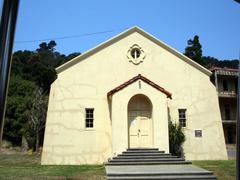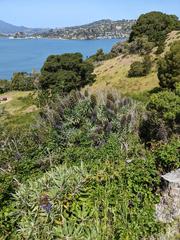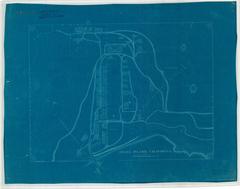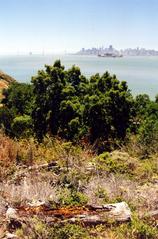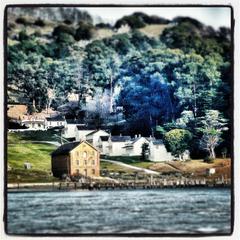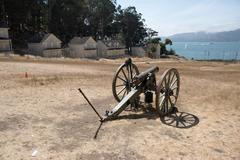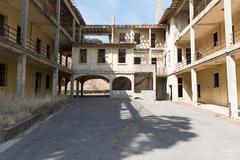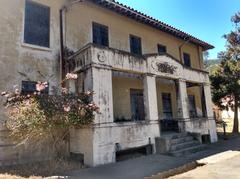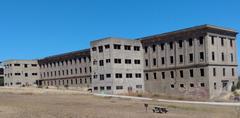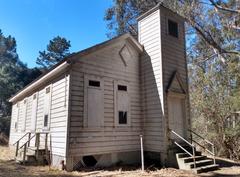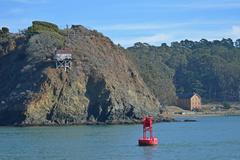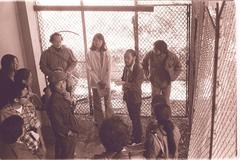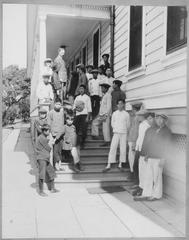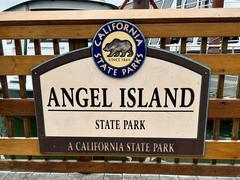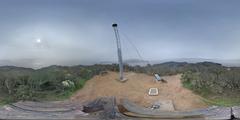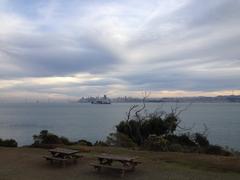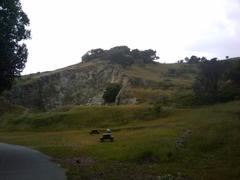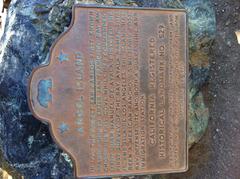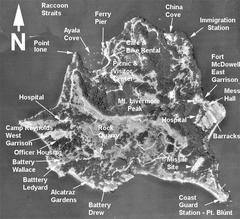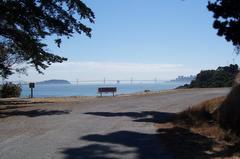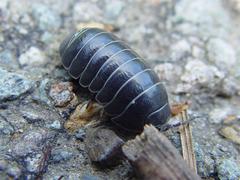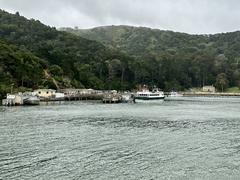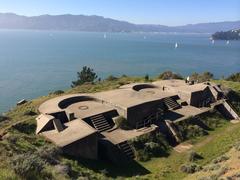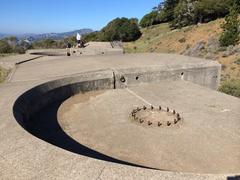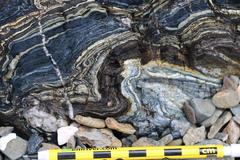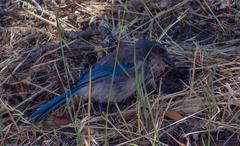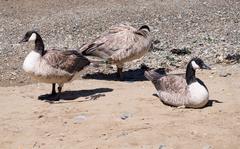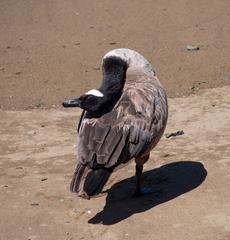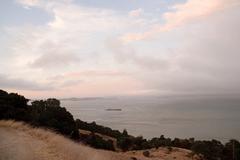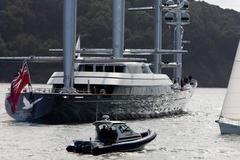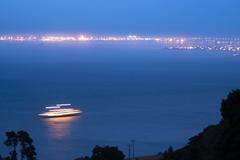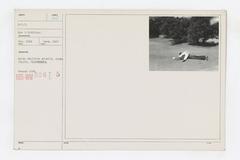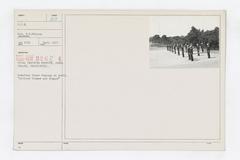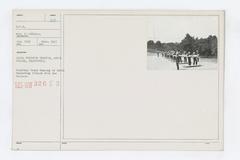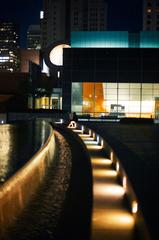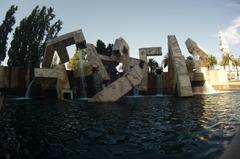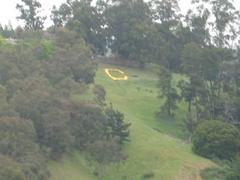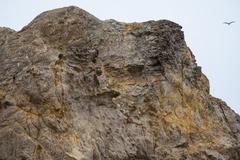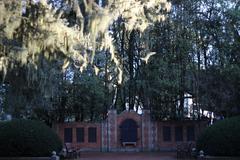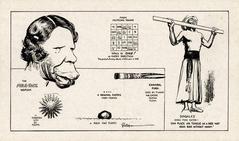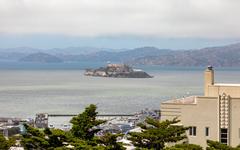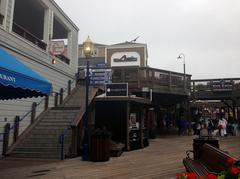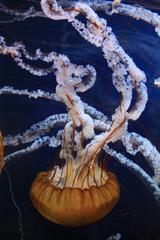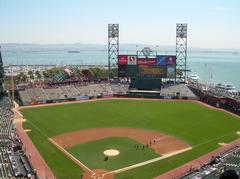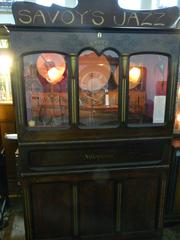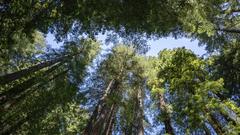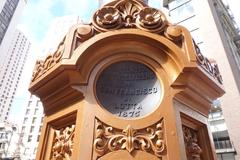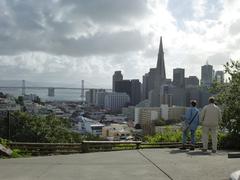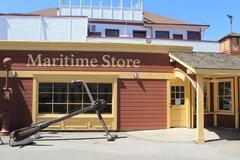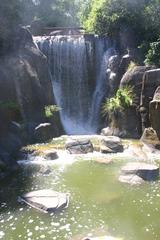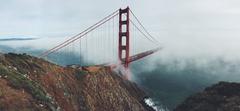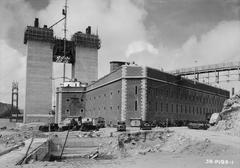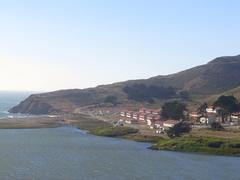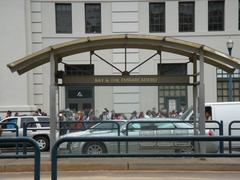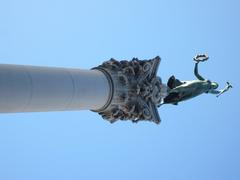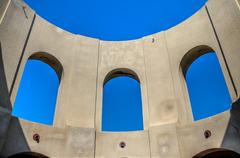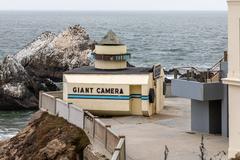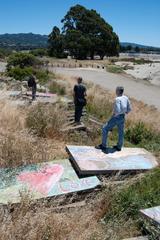
Visiting Ayala Cove: Tickets, Hours, and Attractions
Date: 19/07/2024
Introduction
Ayala Cove, nestled on Angel Island in the heart of San Francisco Bay, offers a unique blend of natural beauty and historical significance. This serene natural harbor has a rich historical tapestry that dates back thousands of years to its early days as a home to the Coast Miwok people. Over the centuries, Ayala Cove has played various roles, from a strategic harbor during Spanish exploration to a military outpost during the Mexican-American War, and later as an immigration station known as the “Ellis Island of the West.” Today, Ayala Cove provides visitors with opportunities for recreation, reflection, and education, making it a must-visit destination for history enthusiasts, nature lovers, and adventure seekers alike. Whether you’re interested in exploring the remnants of its military past, learning about the experiences of early immigrants, or simply enjoying the stunning views of the San Francisco skyline, Ayala Cove has something for everyone. (Angel Island Conservancy, National Park Service, California State Parks, Angel Island Immigration Station Foundation, Golden Gate National Parks Conservancy).
Table of Contents
History of Ayala Cove
Pre-Colonial Era - The Island of the Coast Miwok
Long before European settlers arrived, the Coast Miwok people called Angel Island home. They knew the island as Hunwat, meaning “island of blue water,” and likely used Ayala Cove as a fishing and shellfish harvesting ground. Evidence suggests the Coast Miwok inhabited the area for thousands of years, leaving behind shell mounds (or middens) that archaeologists continue to study today. (Angel Island Conservancy)
Spanish Arrival and Early Exploration
The arrival of the Spanish in the 16th century marked a turning point. In 1542, Spanish explorer Juan Rodriguez Cabrillo sailed into San Francisco Bay, becoming the first European to lay eyes on the island. He named it “Isla de los Ángeles” (Island of the Angels) after the feast day of St. Francis of Assisi. However, it wasn’t until later, in 1775, that Juan Manuel de Ayala, a Spanish explorer and the cove’s namesake, charted the area more thoroughly. Ayala, commanding the packet boat San Carlos, used the cove as a safe anchorage, marking the beginning of its use as a strategic harbor. (National Park Service)
From Rancho to Military Outpost
After Mexico gained independence from Spain, Angel Island, including Ayala Cove, became part of the vast Rancho de las Pulgas land grant. However, the Mexican-American War in the 1840s led to the island’s transfer to American control. Recognizing its strategic location at the entrance to San Francisco Bay, the US Army established a military presence on Angel Island in 1850. Ayala Cove became a crucial point for troop landings and supplies, further solidifying its importance. (California State Parks)
The Quarantine Era - A Story of Immigration and Isolation
The late 19th and early 20th centuries saw Ayala Cove play a significant, albeit controversial, role in American immigration history. From 1910 to 1940, Angel Island housed an immigration station, often referred to as the “Ellis Island of the West.” Ayala Cove served as the primary point of entry for immigrants, mostly from China, Japan, Russia, and South Asia. However, unlike Ellis Island, Angel Island became known for its harsh interrogations and lengthy detentions, often driven by discriminatory policies like the Chinese Exclusion Act. Immigrants faced grueling medical examinations and interrogations, with many detained for weeks, months, or even years. The poignant poetry carved into the walls of the detention barracks stands as a testament to the struggles and resilience of those who passed through Angel Island. (Angel Island Immigration Station Foundation)
Military Legacy and the Cold War
Following the closure of the immigration station, Ayala Cove continued to serve military purposes. During World War II, the island became a processing center for prisoners of war and later a discharge center for returning American soldiers. The Cold War era saw the installation of a Nike missile site on Angel Island, part of a larger defense network protecting the San Francisco Bay Area from potential air attacks. While the missile site was decommissioned in 1962, remnants of this period remain visible on the island. (Golden Gate National Parks Conservancy)
Ayala Cove Today
Recreational Activities
Today, Ayala Cove stands as a testament to the layers of history embedded within Angel Island. Visitors can enjoy stunning views of the San Francisco skyline, explore hiking trails that wind through diverse ecosystems, and learn about the island’s rich and often tumultuous past.
Visitor Information
Visiting Hours and Ticket Prices - Ayala Cove is accessible via ferry services from San Francisco and Tiburon. The island is generally open from 8:00 AM to sunset. Tickets for ferry rides and entrance to the island can be purchased online or at the ferry terminal. Prices vary depending on the season and the service provider.
Travel Tips - It is advisable to check the weather forecast and wear comfortable hiking shoes. Bring water and snacks, as the island has limited vending facilities. Guided tours are available and can enhance your understanding of the island’s history.
Nearby Attractions
While visiting Ayala Cove, consider exploring other attractions on Angel Island, such as the Angel Island Immigration Station, Fort McDowell, and the many scenic viewpoints. The island also offers picnic areas and is a popular spot for birdwatching and photography.
Special Events and Guided Tours
Angel Island hosts various special events throughout the year, including historical reenactments and cultural festivals. Guided tours are available and offer in-depth insights into the island’s history, including the immigration station and military installations.
Photographic Spots
Ayala Cove offers numerous spots perfect for photography, including panoramic vistas of the San Francisco skyline, the Golden Gate Bridge, and historical landmarks scattered across the island.
FAQs
Q: What are the Ayala Cove visiting hours? A: Ayala Cove is generally open from 8:00 AM to sunset.
Q: How do I get tickets to Ayala Cove? A: Tickets can be purchased online or at the ferry terminal. Prices vary depending on the season and the service provider.
Q: Are there guided tours available? A: Yes, guided tours are available and can be booked in advance.
Q: What should I bring when visiting Ayala Cove? A: It is advisable to bring water, snacks, comfortable hiking shoes, and check the weather forecast before your visit.
Conclusion
Ayala Cove, once a place of arrivals and departures, now welcomes visitors to connect with nature, history, and the enduring human spirit. Its rich history, from the Coast Miwok people to its role as an immigration station and military outpost, is preserved for all to explore. Plan your visit today to experience the unique blend of recreation and remembrance that Ayala Cove offers.
Call to Action
Download the mobile app Audiala for more information and updates on visiting Ayala Cove, check out our related posts, or follow us on social media for the latest news and events.
References
- Angel Island Conservancy. (n.d.). History. source
- National Park Service. (n.d.). History and Culture. source
- California State Parks. (n.d.). Angel Island State Park Final Plan. source
- Angel Island Immigration Station Foundation. (n.d.). source
- Golden Gate National Parks Conservancy. (n.d.). Angel Island State Park. source
